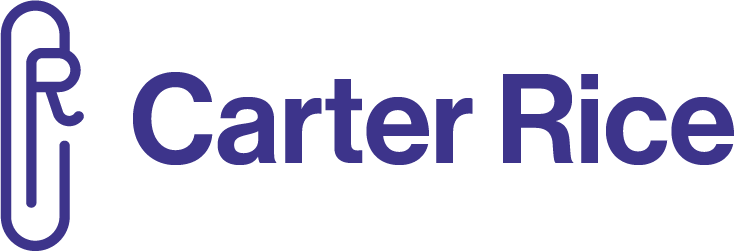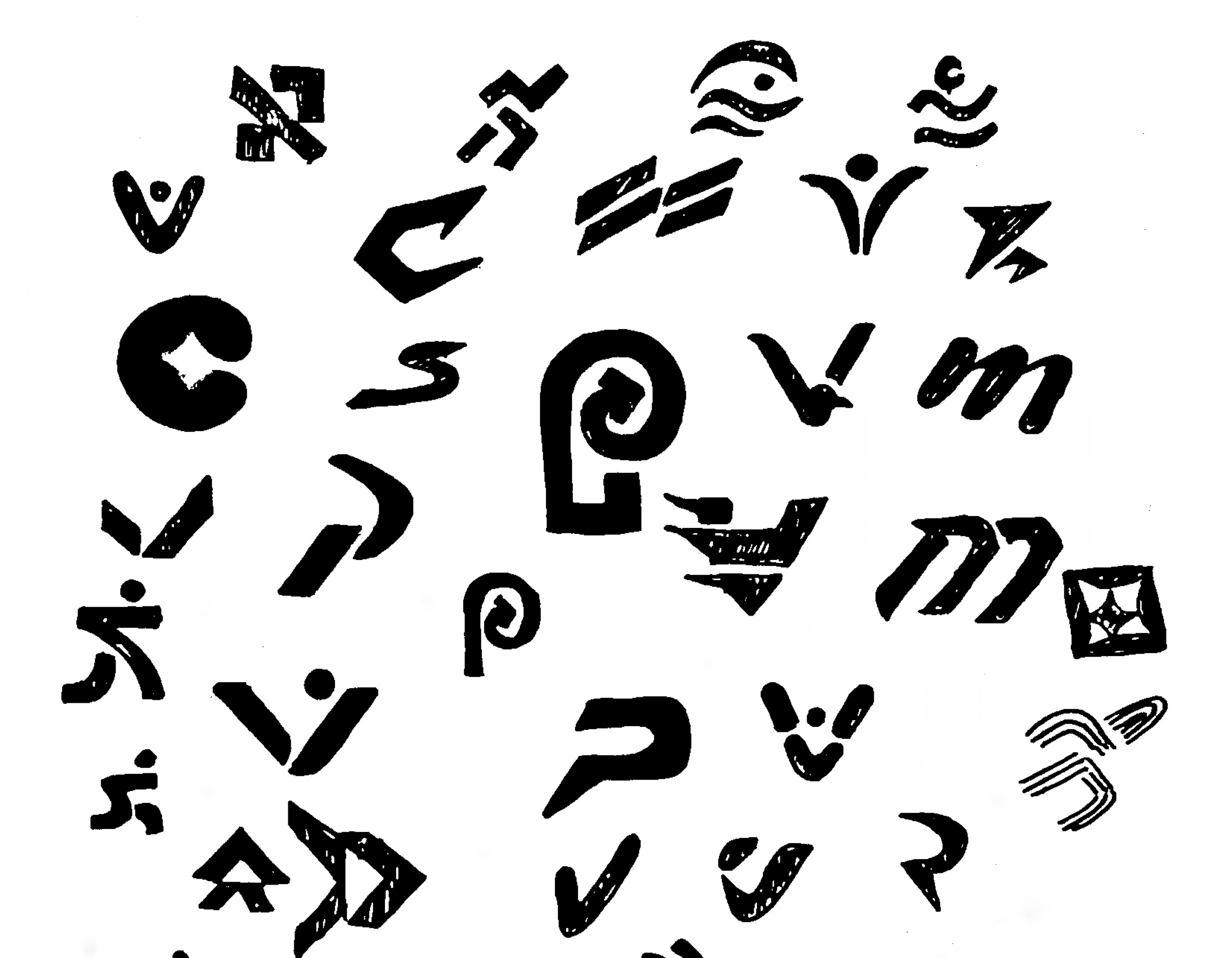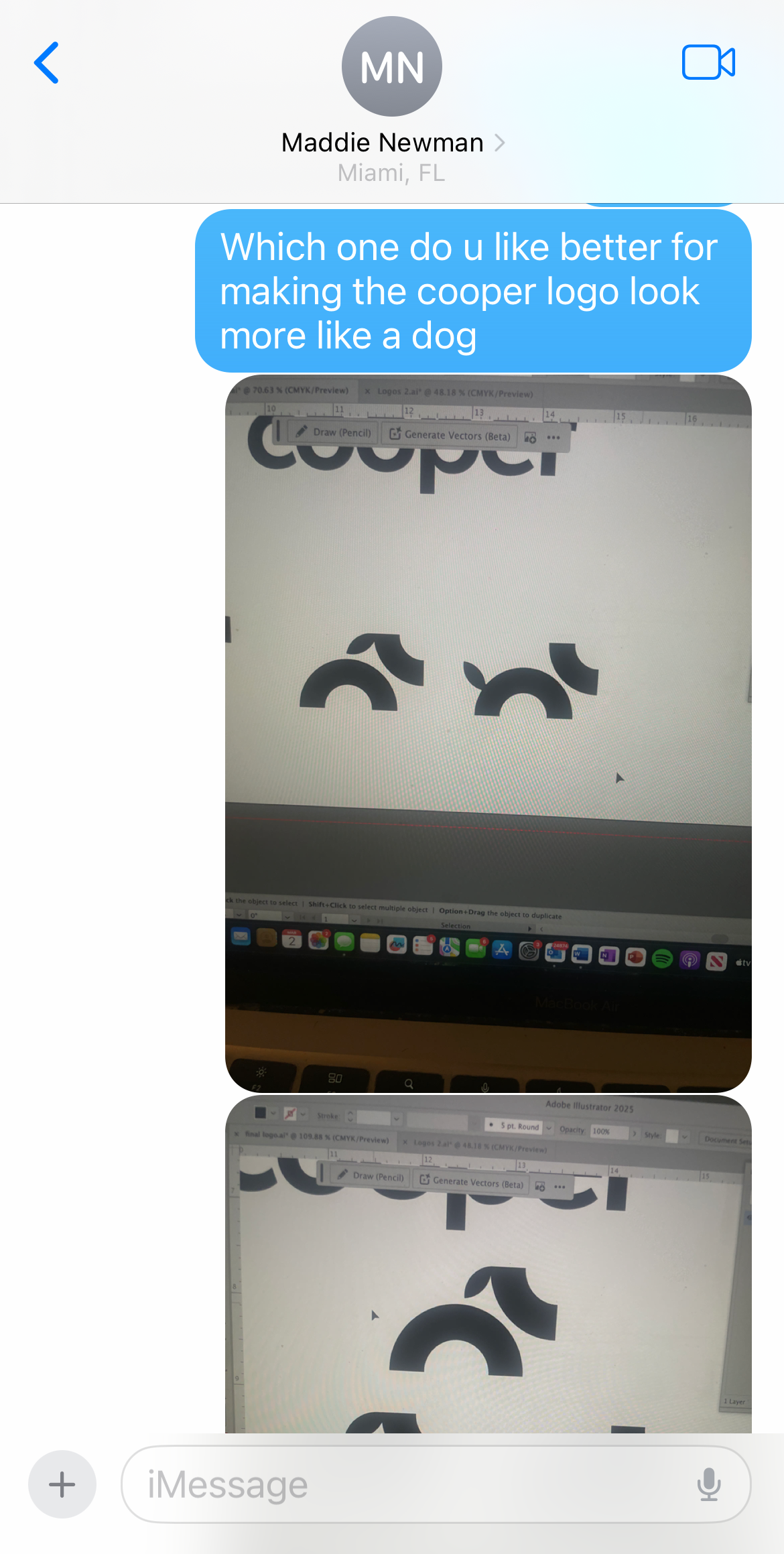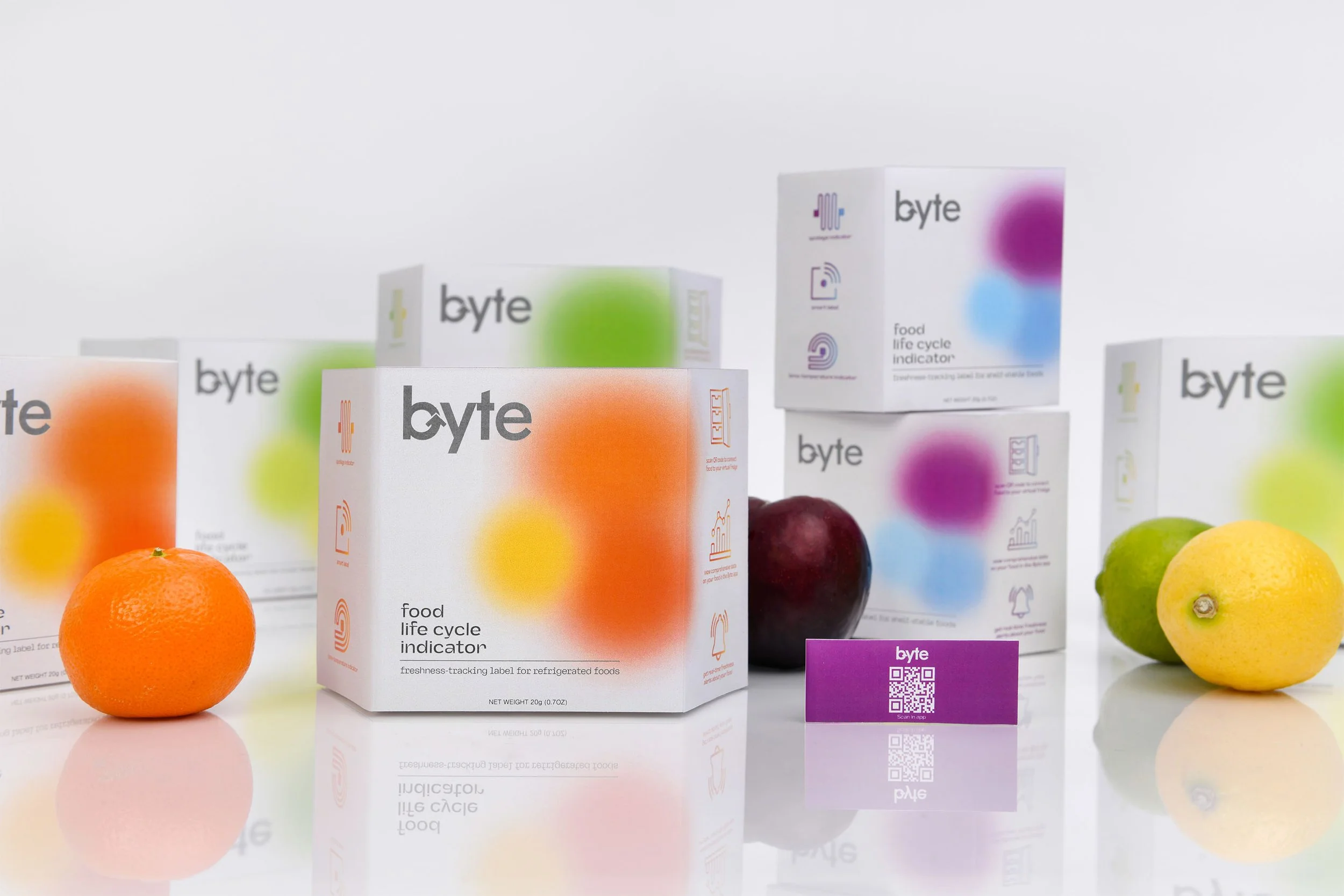Process
Design isn’t just about creating something visually appealing, it’s about solving problems, telling stories, and making ideas tangible. My process is built on exploration, iteration, collaboration and critque, ensuring that every project is both thoughtful and intentional. Below is a breakdown of how I approach design, from defining the problem to bringing the final vision to life.
Every project begins with understanding. I dive deep into research, exploring the problem from multiple perspectives and gathering insights that help shape the foundation of the work. This includes traditional research, analyzing user behavior, historical context, and market trends, but also a more visual approach. I visit stores to study packaging, flip through books for inspiration, and scan old photos or archival materials to uncover design references.
This stage is all about immersing myself in the visual and conceptual landscape of the project, ensuring that every design decision is grounded in both strategy and creativity.
Research & Defining the Problem
Once I have a solid understanding of the challenge, I begin generating ideas, lots of them.
This stage is about pushing creative boundaries, exploring unconventional solutions, and letting curiosity lead the way. I sketch, write, map out concepts and mind-maps, and experiment with different directions before narrowing in on the most compelling and appropriate approach.
Brainstorming & Ideation
Translating Ideas into Design
With a clear direction in mind, I move into execution. I create multiple iterations, testing different ways to bring the idea to life. Whether it’s through typography, layout, or interactivity, I explore how the design can best communicate its message. This phase is all about refining and evolving the concept, ensuring it aligns with the project’s purpose and audience.
Great design doesn’t happen in isolation. My favorite part of the design process is critique; to me, it’s where real growth happens. Engaging in discussions with peers and mentors allows me to see my work from new perspectives, revealing gaps or opportunities I may not have noticed on my own.
Critique isn’t just about fixing problems; it’s about pushing ideas further and strengthening the final outcome. With every round of feedback, the project evolves, becoming more refined, intentional, and impactful. Iteration is key, and this stage is where the design truly takes shape with the help of collaboration.
Discussion & Critique
The Final Product
After rounds of refining, testing, and perfecting, the design reaches its final form. This stage is about execution and delivery, whether it’s a printed piece, a digital experience, or a fully realized brand identity. But the process doesn’t end here. Every finished project informs the next, creating a cycle of learning, growth, and continuous evolution.















